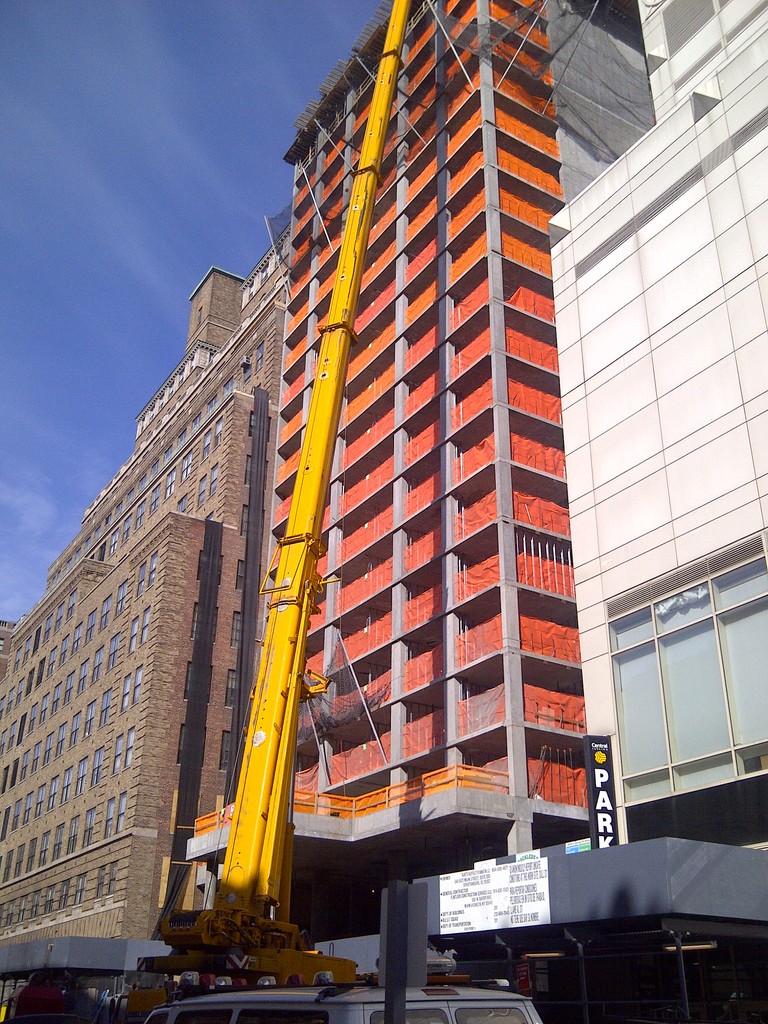Demonstration of an Opening Statement in a New York Construction Accident Case by our Partner Chris Sallay
Our partner, New York Construction Accident Attorney Chris Sallay was the chair of the Litigating Construction Site Accidents NYC 2014 seminar presented by the New York State Bar Association last Friday . In this video Chris Sallay provides tips and demonstrates how to present an opening statement in a New York Construction Accident case.
To learn more about New York Construction Accident Law click here)
//www.youtube.com/watch?v=P46y1a_5Mu4
 New York Personal Injury Attorneys Blog
New York Personal Injury Attorneys Blog


 New York Construction Accident Attorneys
New York Construction Accident Attorneys 

 Among all
Among all 
